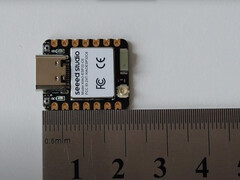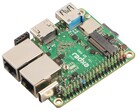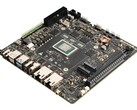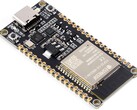One of the most diverse entries in Seeed Studio's Xiao series of small-form-factor microcontroller (MCU) development boards, the dual-core Xiao ESP32C6 has arrived with powerful new wireless tech - Matter support. At a price of a mere $6, it's hard to beat.
As you might guess, the Xiao utilizes Espessif's ESP32-C6 core. While not the latest release from Espressif, its usefulness is clear in Smart Home projects thanks to its addition of ZigBee and Thread radios - both a means to communicate using the Matter protocol.
The board's ESP32C6 is equipped with one 160MHz high-performance core, and a lower-clocked core running at 20MHz. Wireless support adds WiFi 6, Bluetooth BLE 5.0, ZigBee and Thread. On-board there is even a lithium battery charge controller for enabling portable or off-grid projects, and a u.fl connector for extending wireless range using an external antenna. Sleep current is extremely low at 15uA; with the right usage, this board could be powered for years on a small battery. Adding an external antenna is easy - moving from the chip antenna to the u.fl antenna connection is done through changing an I/O pin setting.
The RISC-V technology the ESP32C6 is powered by is a relatively new CPU architecture that Seeed, like other manufacturers of embedded boards is rigorously incorporating into their products. Understandably so too since unlike ARM-based processors, RISC-V is open-source and can be used without paying a royalty fee to license it in productization, leading to a cheaper cost.
Matter deserves a short mention here. As you may have already heard, Matter is the new-ish (within the last 3 years) standard for smart home devices that promises to unify the myriad ways in which smart devices currently communicate with each other. This means less hassle at setup, no more messy shelves littered with multiple smart home hubs, and more reliable communication - in theory. The standard is a guideline for vendors to implement to ensure interoperability between brands of similar smart home products. Thankfully, Seeed has already published multiple code examples on how to get started with the dev board, though more information on Thread and Matter is still forthcoming.
The Xiao ESP32C6 supports programming in CircuitPython, MicroPython and Arduino. However, using the Espressif SDK is recommended for full support of wireless applications like ZigBee. Seeed has done the heavy lifting on the software side, providing excellent examples for ZigBee applications like lights and usage as a coordinator. The Xiao ESP32C6 is available now in the Seeed store.
Source(s)
Teaser image from YouTube












